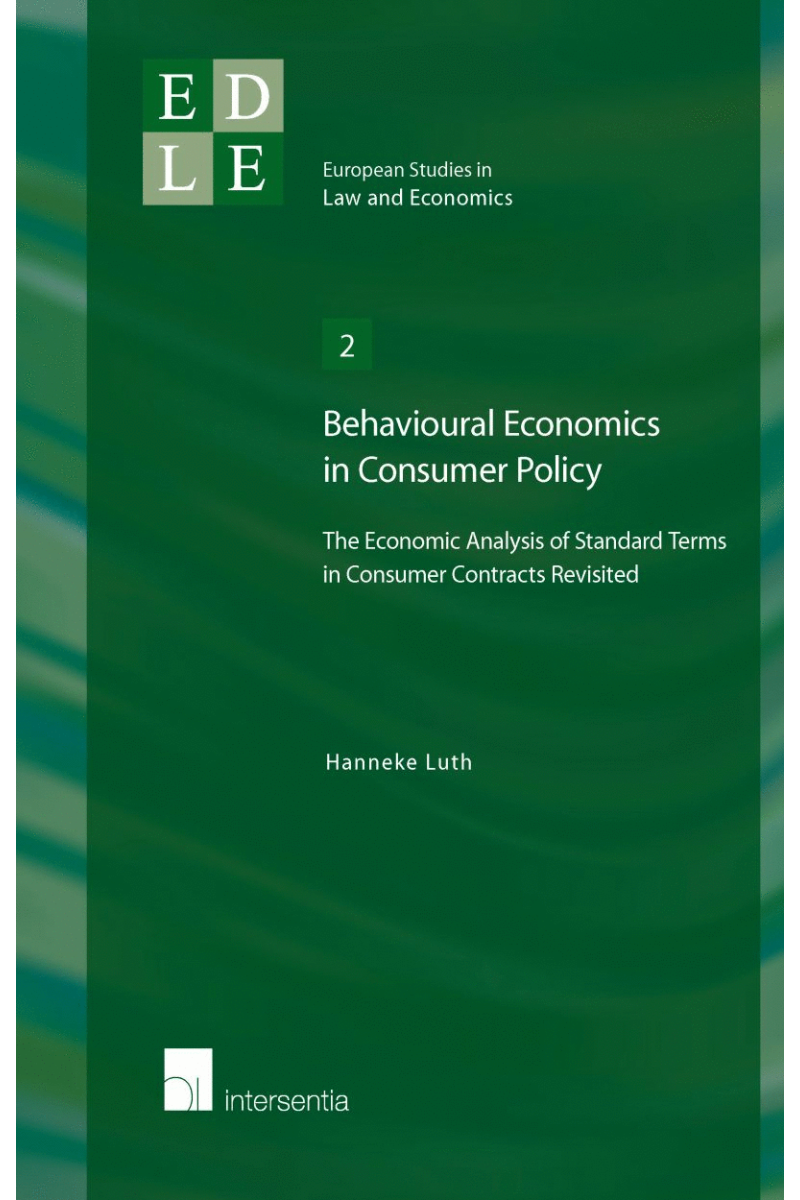 maestro
mastercard
visa
maestro
mastercard
visa

Behavioural Economics in Consumer Policy
The Economic Analysis of Standard Terms in Consumer Contracts Revisited

One of the main questions pertaining to policy interventions in consumer policy nowadays is: what to do with behavioural insights? It is that question that this research aims to answer, presenting a systematic research method for assessing policy questions from an economic and a behavioural economic perspective. Policy makers, practitioners and academics alike can draw relevant insights from the application of behavioural economics to policy. By focusing upon the issue of standardised consumer contract terms, this research exemplifies how behavioural insights can improve consumer policy. The common core in European legal systems regarding standard terms consumer policies is reviewed, which leads to the conclusion that policy makers should look beyond information disclosure and consumer vigilance. This shift in policy focus constitutes insight that would not have resulted but for the application of behavioural insights to the issue of standard terms in consumer contracts.
| Type of product | Book |
|---|---|
| Format | Paperback |
| EAN / ISSN | 9789400000865 |
| Series name | European Studies in Law and Economics (EDLE) |
| Weight | 560 g |
| Status | Available |
| Number of pages | xix + 322 p. |
| Access to exercice | No |
| Publisher | Intersentia |
| Language | English |
| Publication Date | Sep 30, 2010 |
| Available on Strada Belgique | No |
| Available on Strada Europe | No |
| Available on Strada Luxembourg | No |
Downloads
- Table of Contents
- Chapter 1. Introduction
- Chapter 2. Economic rationales for consumer protection
- Chapter 3. Behavioural economics of consumer protection
- Chapter 4. Cautions and considerations for behaviourally informed consumer policy
- Chapter 5. Behaviourally enhancing policy recommendations – standard terms in consumer contracts
- Chapter 6. Consumer policy and the quality of standard terms – review of the common core
- Chapter 7. Proposals to enhance consumer policy of standardised contract terms
- Chapter 8. Conclusions and recommendations for further research
- List of references